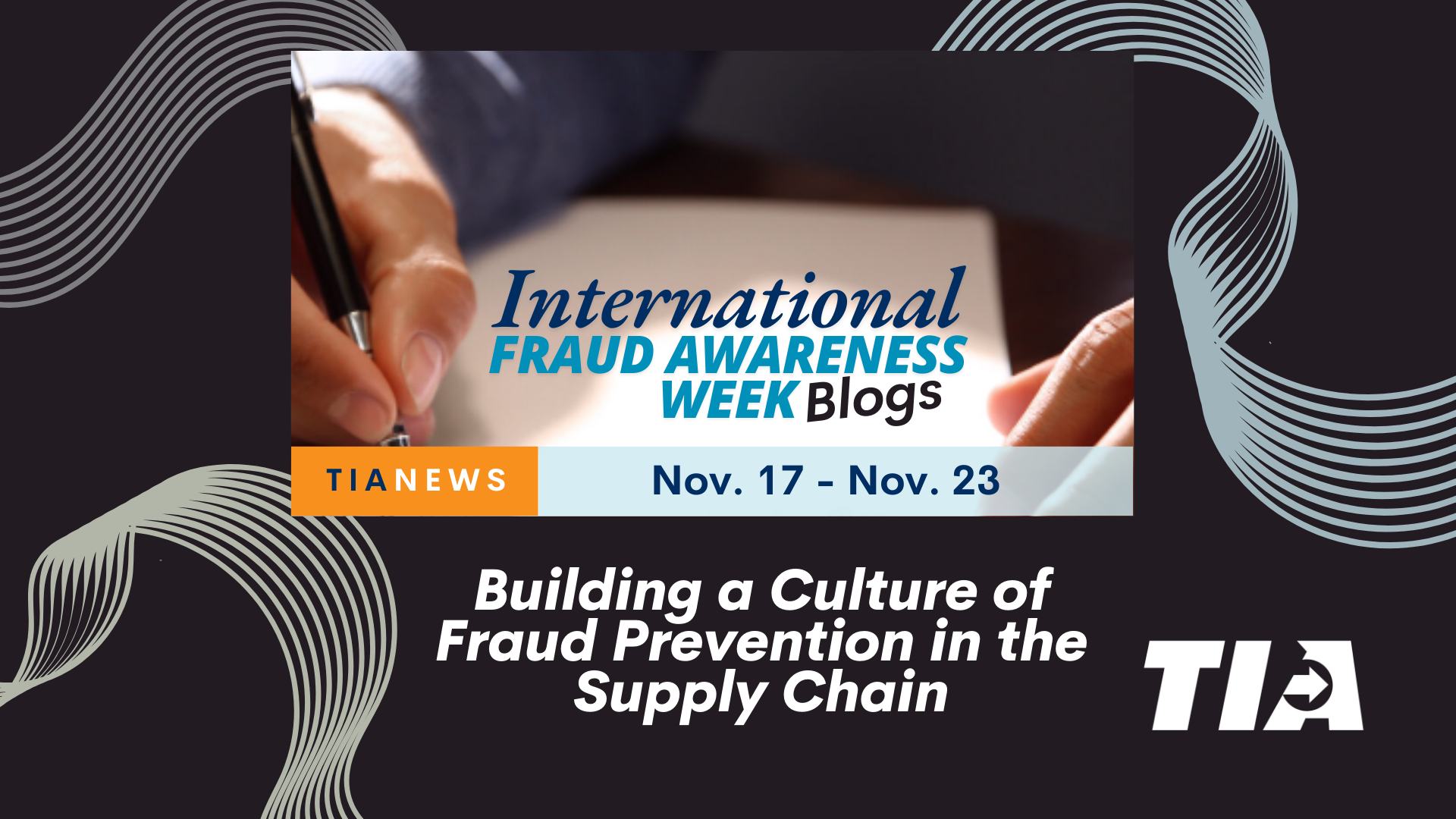Building a Culture of Fraud Prevention in the Supply Chain

Fraud prevention in the supply chain has become a crucial aspect of business operations. As companies grapple with the increasing threat of cargo theft and fraud, many find themselves dedicating significant time and resources to combating these issues.
However, merely patching vulnerabilities as they arise is no longer sufficient. To effectively safeguard the supply chain, fraud prevention must be woven into the fabric of business culture, like how safety became a standard decades ago.
From Patchwork to Integrated Culture
Historically, the approach to supply chain security has been reactive. Companies address security breaches by plugging individual gaps, only to find new vulnerabilities later. This piecemeal strategy is both time-consuming and ineffective in the long run.
To move beyond this reactive stance, companies need to integrate security into their daily operations. This means treating security protocols as inherent elements of the supply chain, not as afterthoughts or separate initiatives. For instance, when a company plans to transport high-value commodities from one location to another, security measures should automatically be part of the planning and execution processes.
Building Security into Business Operations
Incorporating security into the business model involves several key steps:
1. Standardized Security Protocols: Establish clear and consistent security measures for different types of shipments. High-risk goods require rigorous protocols that all parties—shippers, freight brokers and trucking companies—adhere to.
2. Collaborative Responsibility: Fraud prevention should not be solely the responsibility of one party. All stakeholders must collaborate, ensuring each plays an active role in securing the supply chain. Shippers, for example, should not just rely on brokers and trucking companies; they must also verify the identity of the parties handling their freight.
3. Education and Training: Just as safety has become a standard part of driver training, fraud prevention measures need to be included in the training programs for all supply chain stakeholders. This helps develop a proactive mindset, where everyone is vigilant about potential threats.
4. Technological Integration: Utilize technology for real-time tracking, verification and communication among all parties involved in the shipment process. This ensures that any deviation from the planned route or protocol can be immediately identified and addressed.
Shifting from Cost to Investment
One of the significant hurdles in adopting a culture of fraud prevention is the perception of it as a cost. Instead, companies should view it as an investment in the long-term sustainability of their operations. By building security measures into the standard cost of doing business, companies can prevent the far greater losses associated with fraud and theft.
A Unified Effort
For fraud prevention to be genuinely effective, it must be a unified effort. Shippers, brokers, and carriers must work together seamlessly, each taking responsibility for their part in securing the supply chain. When all parties are engaged and committed, the supply chain becomes more resilient against fraud, ultimately protecting assets and ensuring smoother operations.
In conclusion, making fraud prevention a part of the culture in the supply chain is no longer optional—it is essential. By integrating security into daily business practices, companies will not only protect themselves from fraud but also create a more efficient and trustworthy logistics ecosystem.

